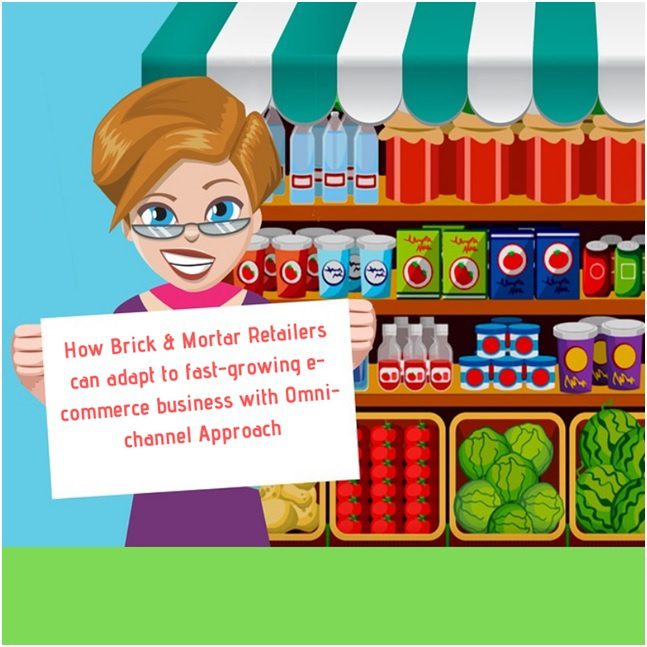The biggest sources of opportunity are collaboration and partnership. And today, with digital communication, there is more of that everywhere. – Mike Parker, CEO at Nike.
The retail industry is constantly on the cusp of change. Major retailers understand that due to technological disruptions, the marketplace is overcrowded, saturated and competitive. Customers are increasingly demanding and shopping is shifting from brick-and-mortar stores on High Streets to brick-and-click models. Omnichannel retailing is the need of the hour. E-commerce retailers who are unable to respond and adapt to this are lagging behind.
Building retail supply chains and using omnichannel retail strategies allow e-tailers to attain more, drive sales and traffic besides integrating digital touchpoints.
An omnichannel retail strategy enhances the customer experience, besides providing additional channels for customer purchase. This includes mobile, web or in-store experiences. Multiple purchasing channels are leading to increased traffic and sales. Research estimates that omnichannel customers spend between 15 and 30 percent more than single or even multi-channel clients.
Google, along with Ipsos MediaCT, and Sterling Brands also found 75% of clients were more likely to come to a store if they saw local retail ads on the web. Leveraging various channels enables retailers following an omnichannel approach to increase revenue from online retail and drive significant traffic to physical stores.
Omnichannel retailers also let customers not only start but complete purchases, too, across various channels. A customer can examine the item in an online website through product descriptions, reserve the item and pick it up from the nearest brick-and-mortar stores. This serves to shape the customer journey and translates into better retail experiences, as retailers build relationships with client bases and engage deeply on an immediate plane through various purchasing channels.
Constant information creates a better retail journey for customers because retailers can build a relationship with their customer base and are able to engage with them on a personal, immediate level through a variety of purchasing channels.
Put simply, the omnichannel approach means to be present on all channels. So, as can be seen, there are many advantages of opting for omnichannel strategies:
Developing Brand Loyalty: Customer Retention
Existing customers stay loyal to your brand. The focus is always on connecting with your brand for advocacy, repeat purchases, and even referrals. The convenience conferred by an omnichannel approach makes it possible to develop a loyal clientele for your retail brand.
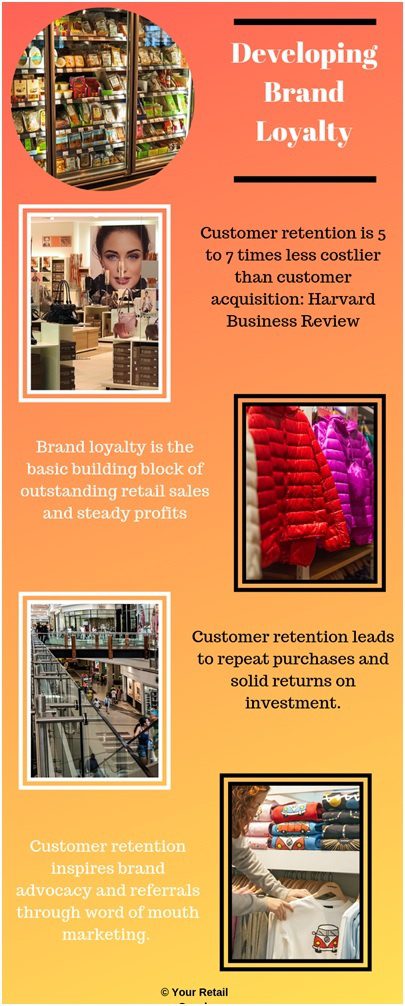
Customer Acquisition: Attract New Customers
A Harvard study found that omnichannel customers are more likely to engage with retailer channels, specifically digital touchpoints. This includes downloading coupons, using shopping apps and engaging with in-store digital touchpoints such as self serve kiosks and price checkers.
This study covering 460 thousand shoppers also found that omnichannel customers were more valuable compared to single channel counterparts.
To thrive in a competitive retail industry, omnichannel approaches are essential, looking beyond online or in-store shopping. A strong physical store presence is not enough. To acquire new customers, stores have to leverage multiple online channels, devices, and digital touchpoints.
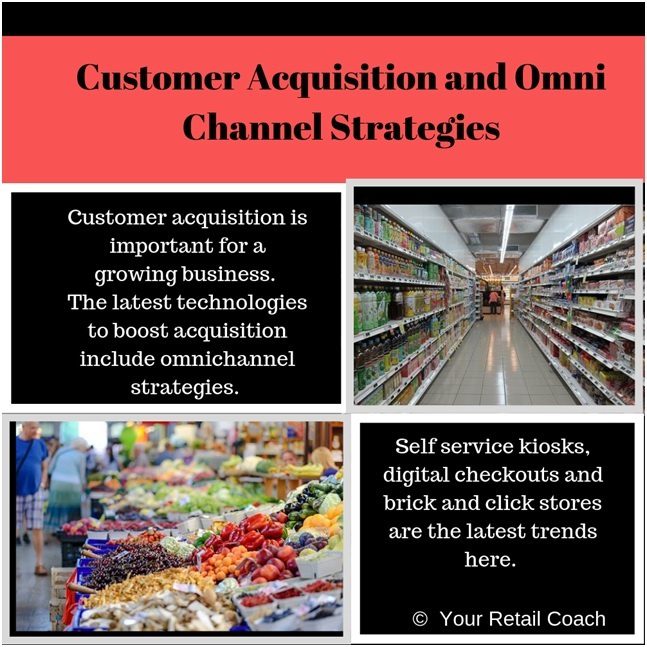
For boosting customer acquisition, digital touchpoints are entering and disrupting the retail sector. This includes smart shelf technologies, self serve tablets and interactive kiosks. A study by Forrester found digital touchpoints impact 49% of total US retail sales. A Nielsen consumer survey found stores with digital signs near checkout lines have witnessed a rise in sales by as much as 33 percent. Successful omnichannel retail supplements retailer selling strategies with the latest tools, technologies, and innovations, thereby driving sales by offering the right products, services, and marketing messages at the right place and time.
The retail industry is extremely competitive and innovative omnichannel retail strategies are an effective way to respond to digital forces and customer behavioral patterns. Excellent retail businesses offer integrated retail channels, marking the difference between multiple and omnichannel retail management.
No Geographical Barriers
Omnichannel retail management manages sales in multiple channels, integrating channels so customers and sales reps experience a full spectrum of sales capabilities and purchase processes. Customers are able to locate products across vast geographical distances and finish the delivery order by locating the store closest to them.
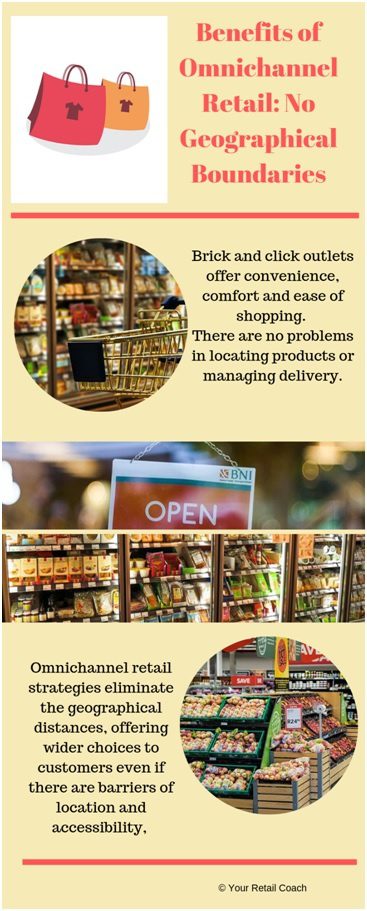
Integrated Analytics and Communication
Multiple communication channels connect different streams of information a business must comprehend to meet customer’s needs. Cross channel capabilities also make it easier to integrate data.
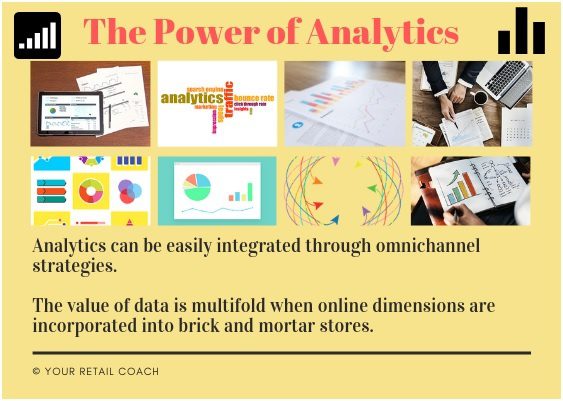
Meet Customers at the Point They Are
Customer-centered viewpoints offer retail businesses a chance to manage client relationships across web, app and retail location. Retail management systems, user monitoring through customer rewards, memberships, and business systems as well as interactions with customers across platforms matters.
This eliminates information loss, raises the quality of customer service and offers customers many rewards.
Management of channels for every customer means one thing – individual transactions are no longer lost in the mix. Transactions have the potential to manage business systems.
Omnichannel strategies enable integrated ERP, inventory management, merchandising and sales, and customer service. Each aspect or component of the retail business works in tandem with others. The highest quality of service and product to customers results.
Through connectivity, retailers standardize digital retail experiences and link online as well as an offline presence through the plug and play functionalities by connecting various systems and apps including websites, ERPs and mobile apps; this lets retailers bring omnichannel, integrated marketing experiences to the client.
Several e-commerce brands are using business models of brick-and-mortar stores that integrate online channels. This includes world famous furniture company IKEA and retail outlets like Walmart. Retailers need to rethink business models to incorporate omnichannel retail.
Revenue growth potential is limited by offline stores. But retailers inking partnerships using digital kiosks and booths are effectively entering into strategic alliances that they can cash in on.
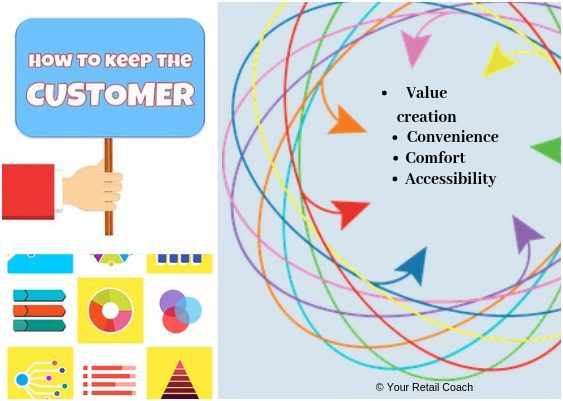
Conclusion
Online retail models are gradually moving past traditional brick-and-mortar stores to incorporate an omnichannel approach. This can grow your business in strategic directions. At the heart of an effective e-commerce company is a retail model that integrates various channels and platforms. An omnichannel approach is a competitive differentiator your business needs, in order to thrive.


